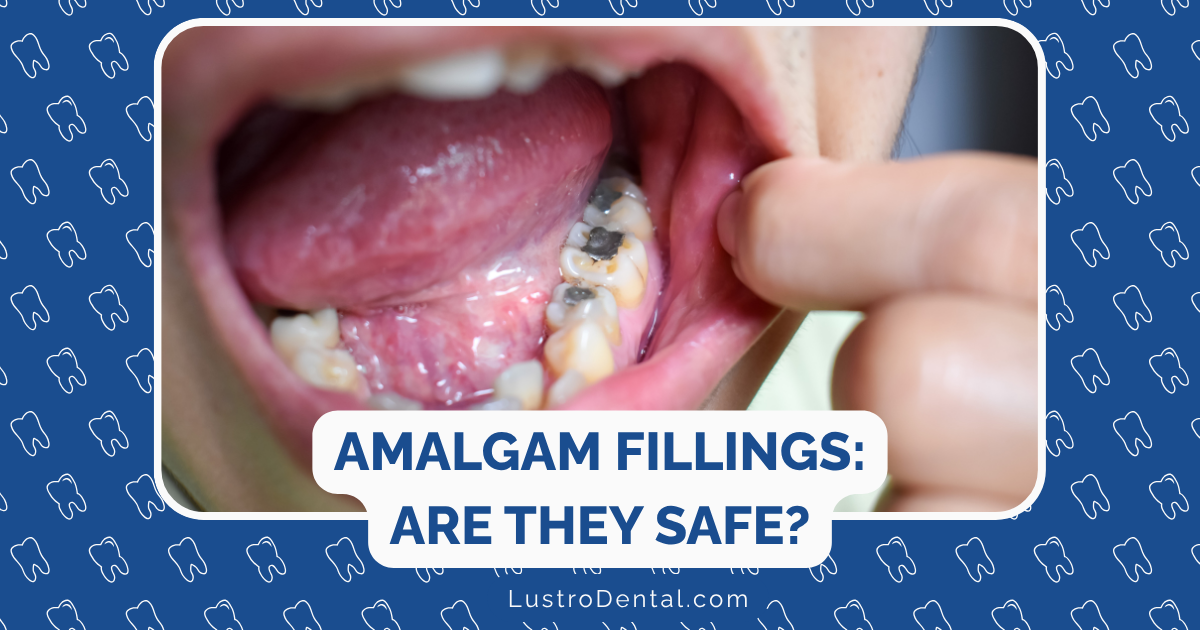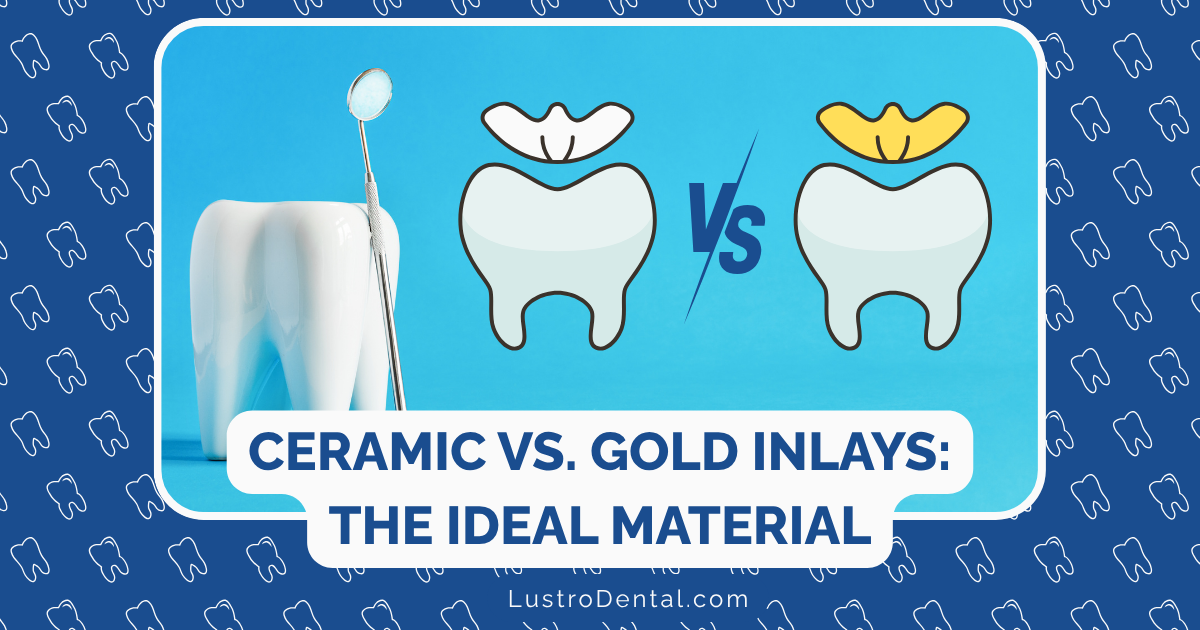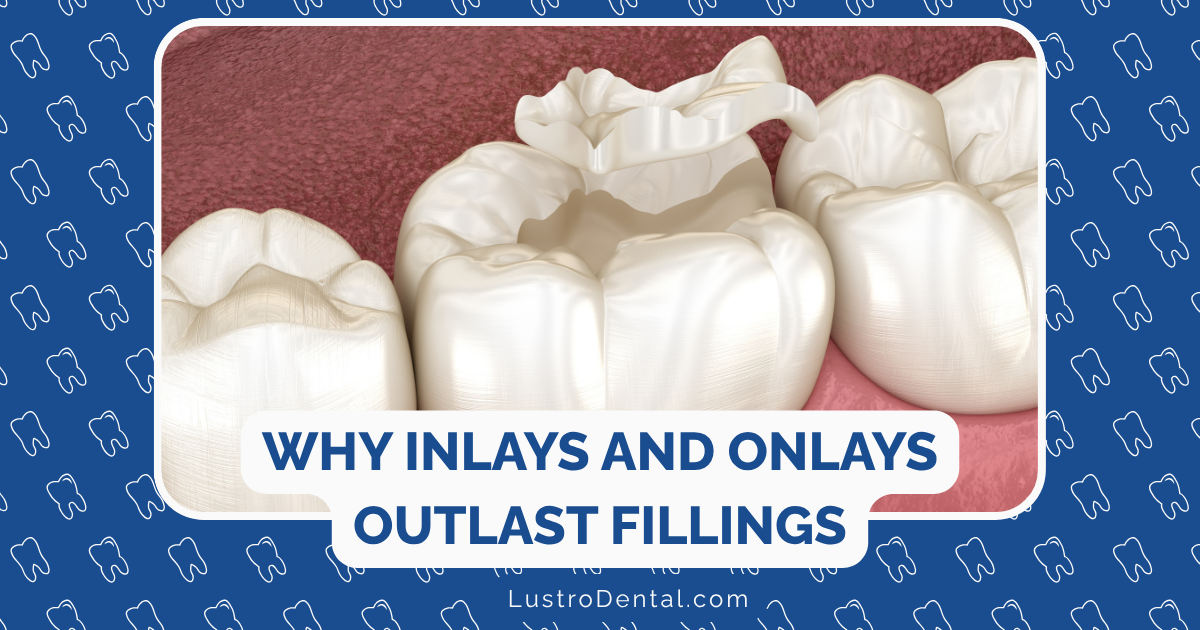The Truth About Mercury: Are Amalgam Fillings Still Safe in 2025?

Few dental topics generate as much controversy as the safety of amalgam fillings. These silver-colored fillings, which have been used for over 150 years, contain mercury—a fact that has sparked ongoing debates among patients, dental professionals, and regulatory bodies worldwide.
The landscape around amalgam fillings has changed dramatically in recent years, with the European Union implementing a complete ban starting January 2025 while the U.S. Food and Drug Administration (FDA) has updated its guidance but stopped short of a ban. This divergence in approach has left many patients wondering: Are my amalgam fillings still safe in 2025?
As someone dedicated to preventive dental care and patient education, I believe it’s essential to address this question with a balanced, evidence-based approach that acknowledges both the established science and emerging concerns. Let’s explore what we currently know about amalgam fillings, their safety profile, and what options exist for those who may be concerned.
What Are Amalgam Fillings?
Before diving into safety considerations, let’s clarify exactly what amalgam fillings are:
Composition: Dental amalgam is a mixture consisting of approximately 50% elemental mercury and 50% powdered alloy of silver, tin, and copper. The chemical reaction between these components creates a strong, durable filling material.
History: Amalgam has been used in dentistry since the 1800s and has filled hundreds of millions of cavities worldwide.
Properties: Amalgam fillings are known for their exceptional durability (often lasting 10-15 years or more), strength (ideal for withstanding chewing forces in back teeth), and cost-effectiveness compared to alternative materials.
Dr. Robert Thompson, professor of restorative dentistry at University of California San Francisco, explains: “Amalgam has been the workhorse of restorative dentistry for generations because of its clinical performance, ease of use, and affordability. No other direct filling material has such a long track record of documented success.”
The Mercury Concern: Understanding the Science
The primary safety concern with amalgam fillings centers on mercury, which is known to be toxic in certain forms and at certain levels of exposure. Here’s what research tells us about mercury in dental amalgam:
Mercury Release and Absorption
Amalgam fillings can release small amounts of mercury vapor, particularly during placement, removal, and to a lesser extent, during normal activities like chewing. This vapor can be inhaled and absorbed into the bloodstream.
According to research published in the Journal of Occupational Medicine and Toxicology, the estimated daily absorption of mercury from amalgam fillings ranges from approximately 1 to 5 micrograms per day for most people, depending on the number of fillings, their size, and individual factors like chewing habits and bruxism (teeth grinding).
For context, the U.S. Environmental Protection Agency (EPA) has established a reference concentration for chronic inhalation of mercury vapor at 0.3 micrograms per cubic meter of air, which translates to about 4-5 micrograms per day for an average adult.
What the Research Shows
Multiple large-scale scientific studies have examined potential health effects of amalgam fillings:
- Children’s Amalgam Trial: This seven-year clinical trial, published in the Journal of the American Medical Association, found no adverse neurological, kidney, or immunological effects in children who received amalgam fillings compared to those who received composite (tooth-colored) fillings.
- New England Children’s Amalgam Trial: This study similarly found no differences in neuropsychological function between children with amalgam fillings and those with composite fillings over a five-year period.
- Systematic Reviews: Multiple systematic reviews, including those conducted by the World Health Organization (WHO), the European Commission’s Scientific Committee on Emerging and Newly Identified Health Risks (SCENIHR), and the FDA, have concluded that there is insufficient evidence to link amalgam fillings to systemic health problems in the general population.
Dr. Lisa Johnson, toxicologist at the American Dental Association, notes: “While we can detect very small amounts of mercury in people with amalgam fillings, these levels are typically well below established safety thresholds, and large-scale epidemiological studies have not found consistent evidence of adverse health effects in the general population.”
Regulatory Changes and Position Statements
The regulatory landscape for amalgam fillings has evolved significantly in recent years:
European Union Ban
The European Parliament voted in April 2024 to ban dental amalgam completely, with the ban taking effect on January 1, 2025. This ban prohibits the manufacture, import, export, and use of dental amalgam in all EU member states. The decision was primarily driven by environmental concerns about mercury pollution rather than direct patient safety issues.
FDA’s Updated Recommendations
In September 2020, the FDA updated its recommendations on dental amalgam, maintaining that it remains safe for most individuals but advising against its use in certain high-risk groups:
- Pregnant women and their developing fetuses
- Women who are planning to become pregnant
- Nursing women and their newborns and infants
- Children, especially those younger than six years of age
- People with pre-existing neurological disease
- People with impaired kidney function
- People with known heightened sensitivity to mercury or other components of dental amalgam
The FDA noted that these recommendations were made out of an abundance of caution rather than based on definitive new evidence of harm.
Dental Organizations’ Positions
The American Dental Association (ADA) continues to support amalgam as a safe, effective, and durable material for dental restorations. In response to the FDA’s 2020 update, the ADA reaffirmed that “dental amalgam is a durable, safe and effective cavity-filling option” while acknowledging that dentists should discuss all available options with their patients.
The International Association for Dental Research (IADR) similarly affirms the safety of dental amalgam for the general population without allergies to amalgam components or severe renal diseases.
Recent Research Raising Questions
While most large-scale studies have not found significant health risks from amalgam fillings for the general population, some recent research has raised questions that merit attention:
Mercury Exposure in Vulnerable Populations
A 2024 study published in Human and Experimental Toxicology analyzed data from the National Health and Nutrition Examination Survey (NHANES) and found that approximately 30% of pregnant women with amalgam fillings had daily mercury vapor doses exceeding safety limits set by the California Environmental Protection Agency.
Another study from 2022 examining NHANES data found that approximately 16 million (10.4%) American adults exceeded the U.S. EPA safety limit for mercury vapor exposure from dental amalgams.
Potential Associations with Specific Conditions
Some recent studies have suggested possible associations between dental amalgam and certain health conditions:
- A 2022 study from Taiwan found a potential association between dental amalgam fillings and increased risk of Alzheimer’s and Parkinson’s diseases, although the researchers acknowledged that their study could not establish causal relationships.
- A 2023 study published in the Journal of Occupational and Environmental Medicine found an association between urinary mercury levels and subtle tremors among dental professionals with occupational exposure to mercury.
It’s important to note that these studies show associations rather than causation and often have methodological limitations. They do, however, contribute to the ongoing scientific discussion about amalgam safety.
Alternatives to Amalgam Fillings
For those concerned about amalgam or affected by the EU ban, several alternative filling materials are available:
Composite Resin
Composition: Mixture of plastic (acrylic) resin and powdered glass filler
Pros:
- Matches tooth color for natural appearance
- Bonds directly to tooth structure, requiring less drilling
- Mercury-free
- Continues to improve in durability
Cons:
- Typically less durable than amalgam (5-10 years vs. 10-15+ years)
- Higher cost
- More technique-sensitive to place properly
- May show higher rates of secondary decay
Glass Ionomer Cement
Composition: Acrylic acid and glass powder that releases fluoride
Pros:
- Releases fluoride, which may help prevent further decay
- Bonds directly to tooth structure
- Good option for root surface cavities
- Mercury-free
Cons:
- Less durable than amalgam or composite
- Limited aesthetic properties
- Not suitable for large restorations in stress-bearing areas
Ceramic/Porcelain Inlays and Onlays
Composition: Porcelain or other ceramic materials
Pros:
- Excellent aesthetics
- Highly resistant to staining
- Durable (10-15 years)
- Mercury-free
Cons:
- Significantly more expensive
- Requires at least two dental visits
- May be more abrasive to opposing teeth
Gold
Composition: Gold alloy (usually with copper and other metals)
Pros:
- Exceptional longevity (20+ years)
- Highly biocompatible
- Gentle on opposing teeth
- Mercury-free
Cons:
- Most expensive option
- Noticeable metallic appearance
- Requires at least two dental visits
What If You Already Have Amalgam Fillings?
If you already have amalgam fillings, the consensus among major dental organizations and regulatory bodies is that removing sound amalgam fillings is not recommended unless medically necessary. The process of removing amalgam fillings can temporarily increase mercury exposure if proper protocols are not followed.
Dr. James Wilson, director of the American College of Prosthodontists, advises: “The removal of intact amalgam fillings solely due to concerns about mercury exposure is not supported by scientific evidence and may pose unnecessary risks. Any decision to replace fillings should be based on clinical need rather than unfounded fears.”
If you’re concerned about your amalgam fillings, consider these evidence-based recommendations:
- Discuss your concerns with your dentist. They can evaluate the condition of your fillings and discuss appropriate options based on your specific situation.
- Consider replacement only when clinically indicated. Reasons might include a broken or cracked filling, recurrent decay, or deterioration of the filling.
- If replacement is necessary, ensure proper protocols are followed. This includes the use of high-volume suction, water cooling, and other measures to minimize mercury vapor exposure during removal.
- For new cavities, discuss alternative materials with your dentist. Consider factors like the location of the cavity, size, your oral health history, and cost when making decisions.
Special Considerations for High-Risk Groups
If you fall into one of the high-risk categories identified by the FDA, it’s particularly important to discuss alternatives to amalgam with your dentist for any new fillings. These groups include:
- Pregnant women and women planning pregnancy
- Nursing mothers
- Children under six years of age
- People with neurological diseases
- People with kidney dysfunction
- People with known mercury sensitivity
For these groups, the potential risks, while not definitively established, may outweigh the benefits of amalgam fillings when alternatives are available.
Environmental Considerations
Beyond patient safety, environmental concerns have been a significant driver of amalgam regulations. Dental offices are a source of mercury in wastewater, and improper disposal of amalgam waste can contribute to environmental mercury pollution.
The Minamata Convention on Mercury, an international treaty aimed at protecting human health and the environment from mercury, has been ratified by over 100 countries and includes provisions to phase down the use of dental amalgam.
Modern dental practices typically use amalgam separators that capture approximately 95% of amalgam waste, significantly reducing environmental impact. However, the cumulative effect of dental mercury globally remains a concern.
The Bottom Line: Making Informed Decisions
The safety of amalgam fillings in 2025 is not a black-and-white issue. While substantial scientific evidence supports the safety of amalgam for most individuals, regulatory approaches are evolving, and research continues to examine potential risks for specific populations.
Here’s a balanced perspective to consider:
- For the general population: Current evidence suggests that existing amalgam fillings pose minimal health risks and do not need to be removed if they’re functioning properly.
- For high-risk groups: Following FDA recommendations to avoid new amalgam fillings is a prudent precautionary approach.
- For new fillings: Discussing all available options with your dentist, considering factors like location, size, cost, and your personal health history, will help you make the best decision for your situation.
- For environmental concerns: The global trend toward reducing amalgam use aligns with broader efforts to minimize mercury in the environment.
Dr. Sarah Chen, public health dentist at Harvard School of Dental Medicine, summarizes it well: “Dental care decisions should be individualized, taking into account the best available scientific evidence, patient preferences, and clinical judgment. While amalgam has served dentistry well for generations, we now have more options than ever before, allowing for truly personalized care.”
As we navigate the evolving landscape of dental materials in 2025 and beyond, staying informed and maintaining open communication with your dental provider remains the best approach to ensuring both your oral health and overall wellbeing.
Do you have amalgam fillings? Are you concerned about their safety? Share your thoughts and questions in the comments below!
This article is for informational purposes only and does not constitute medical or dental advice. Always consult with qualified healthcare providers for diagnosis and treatment.







